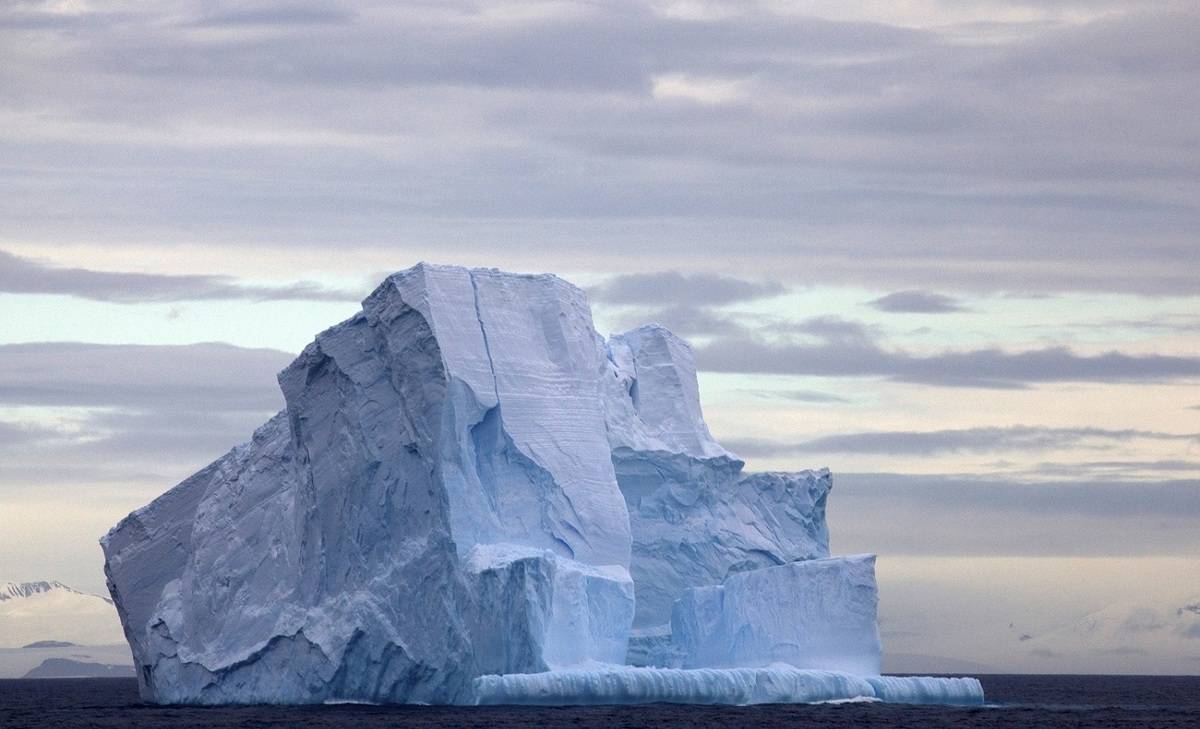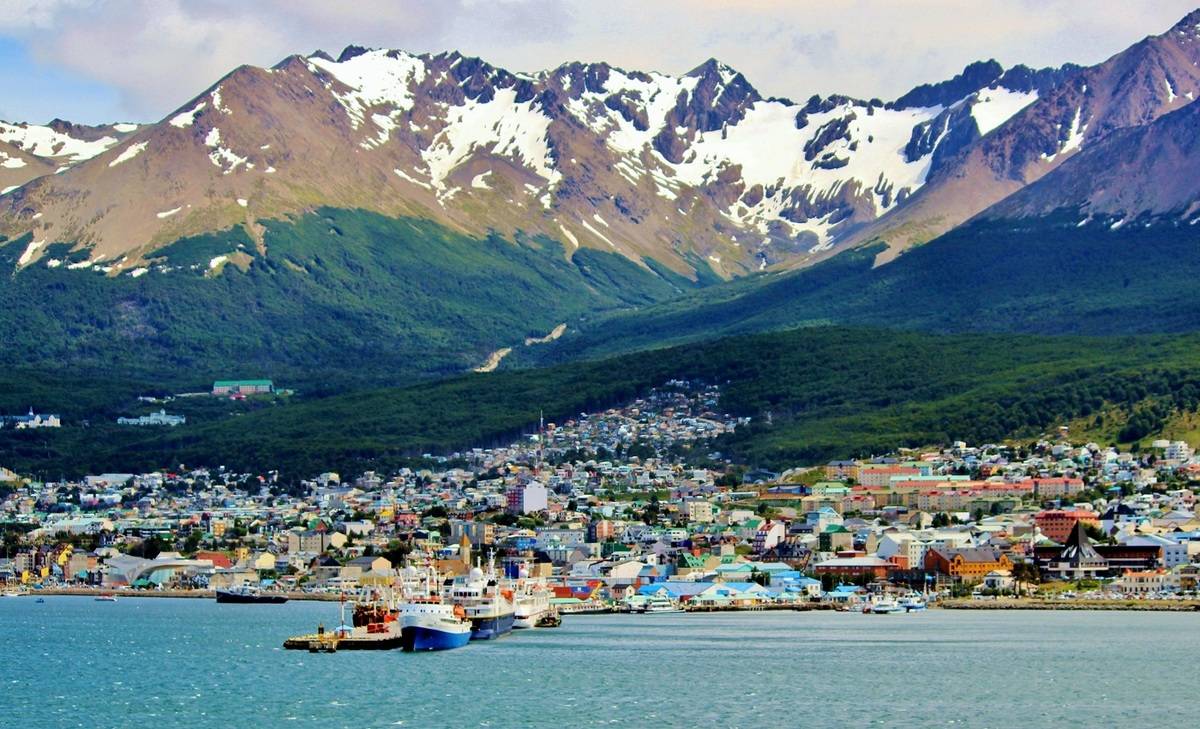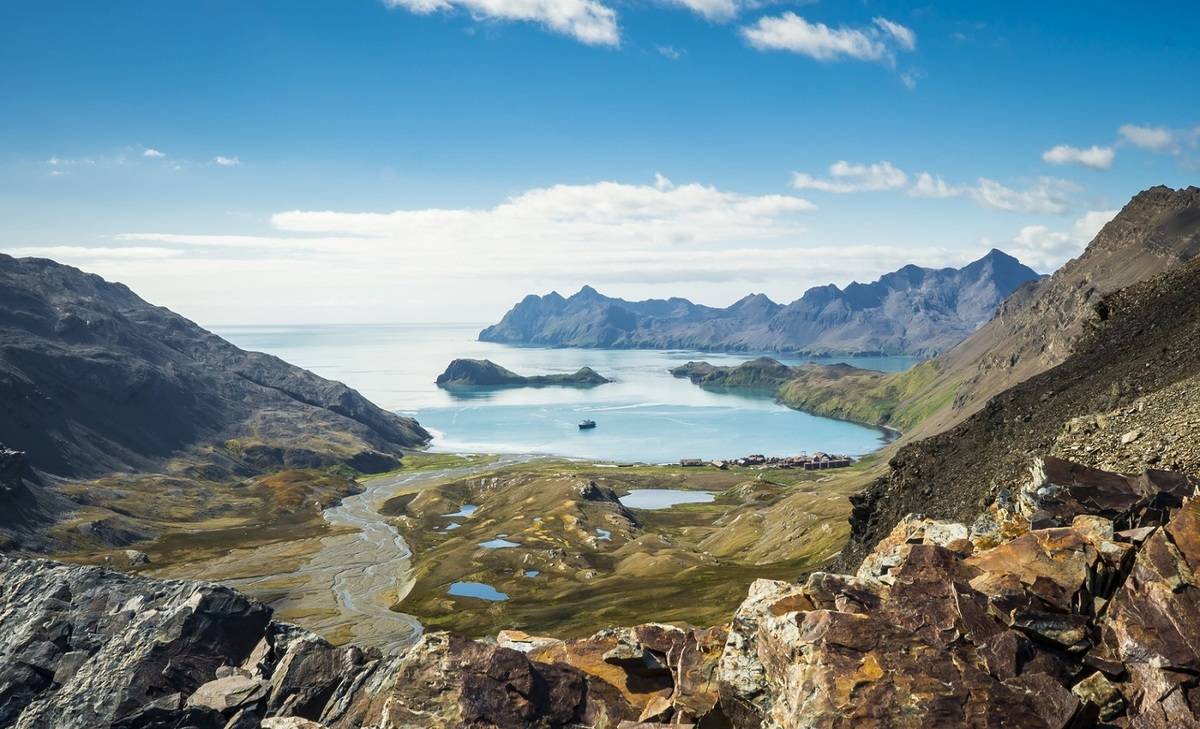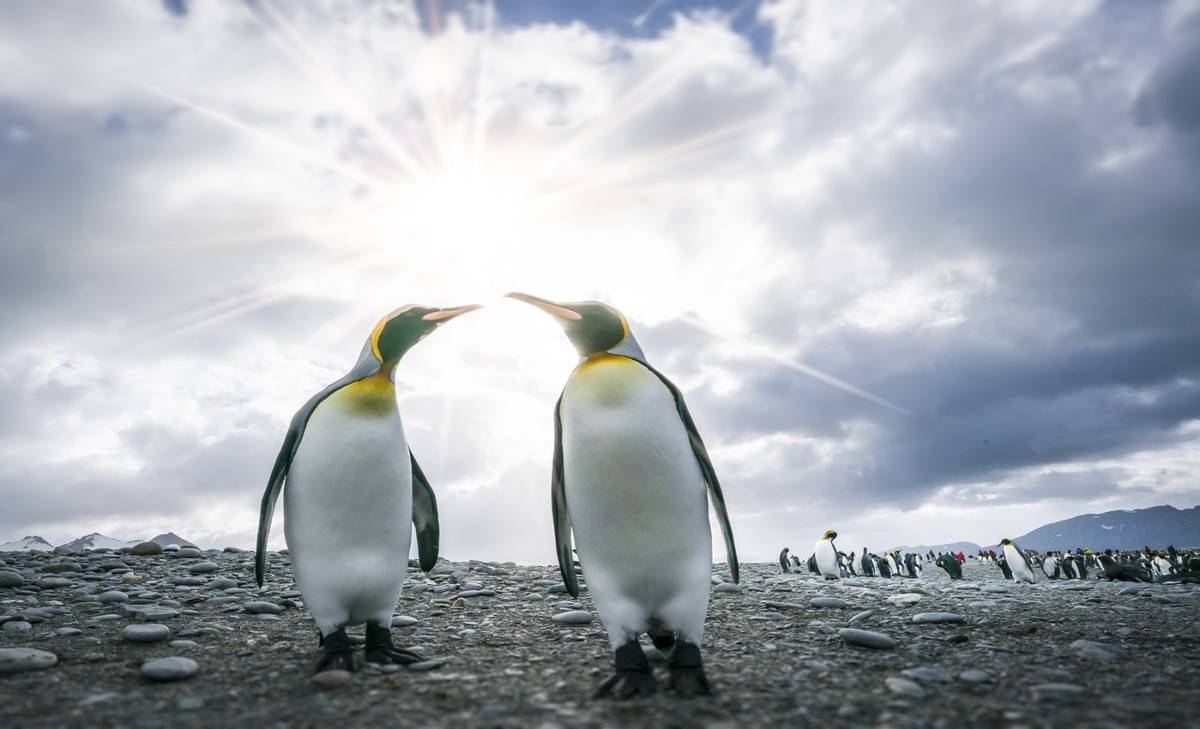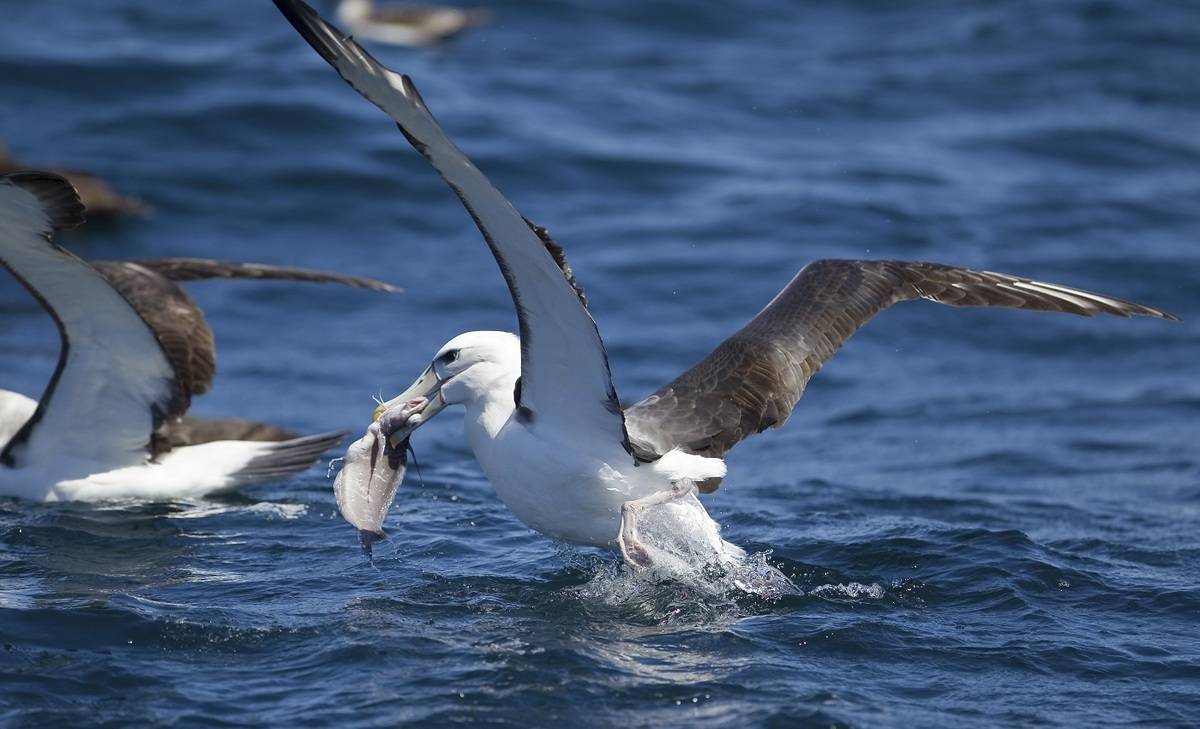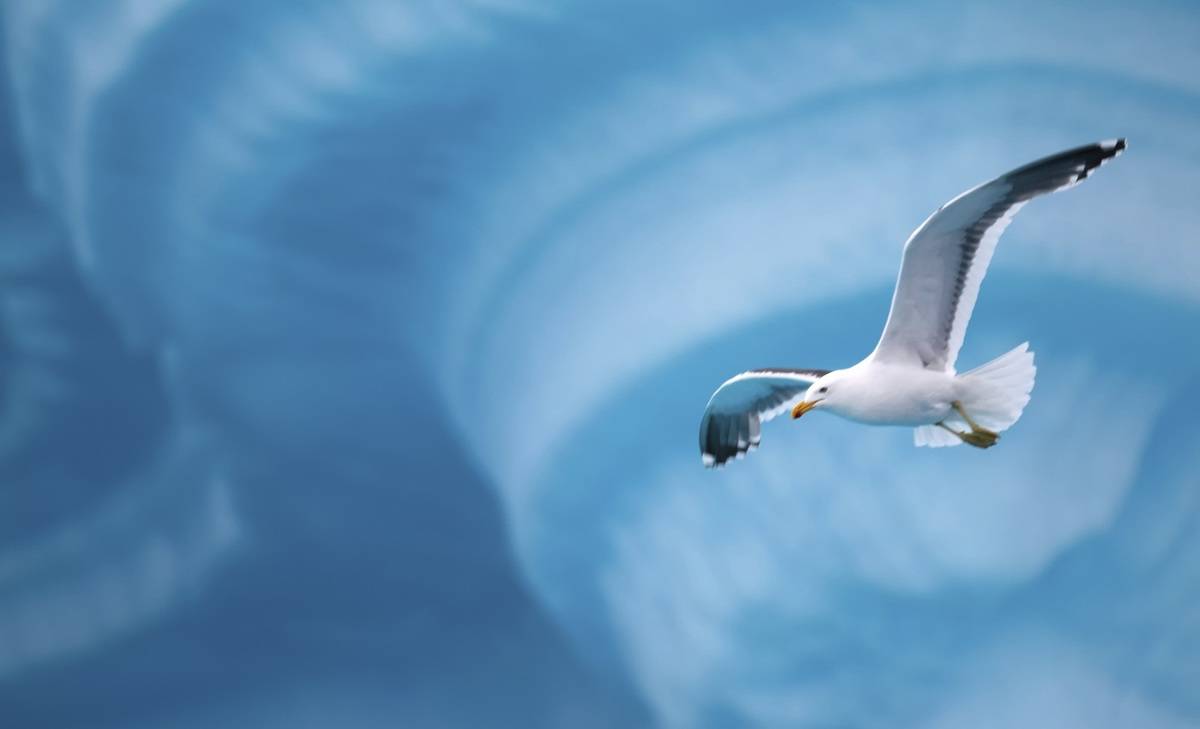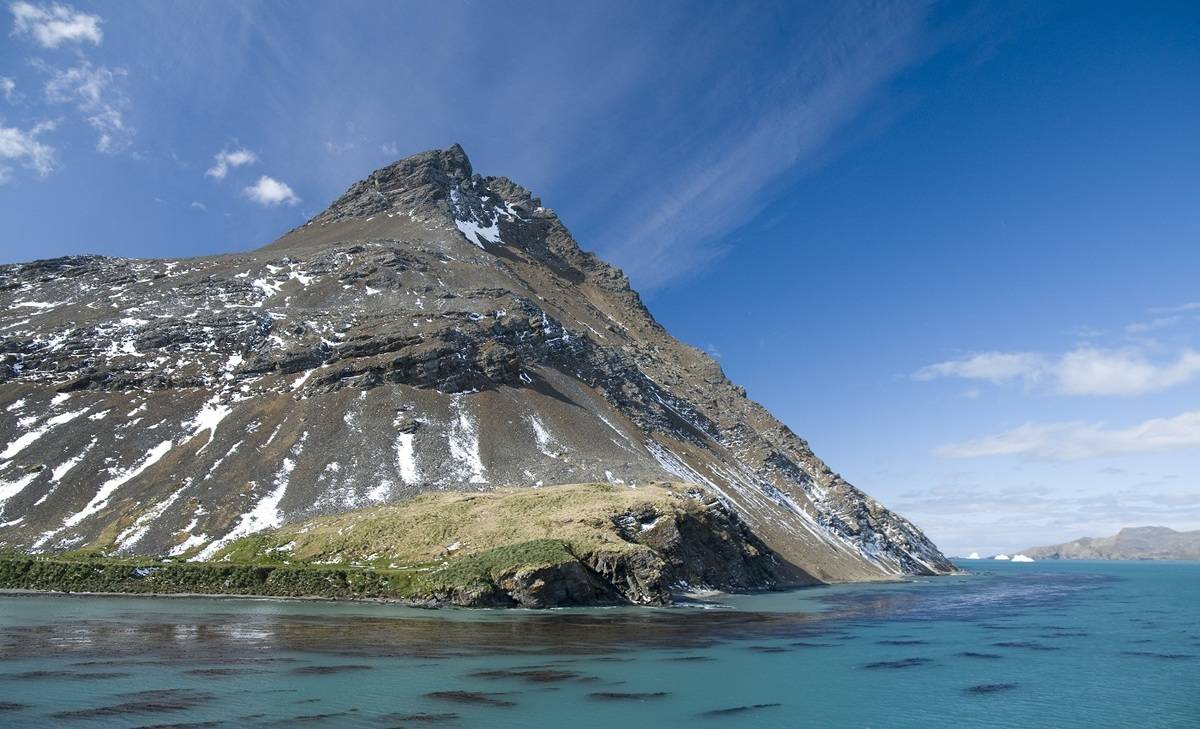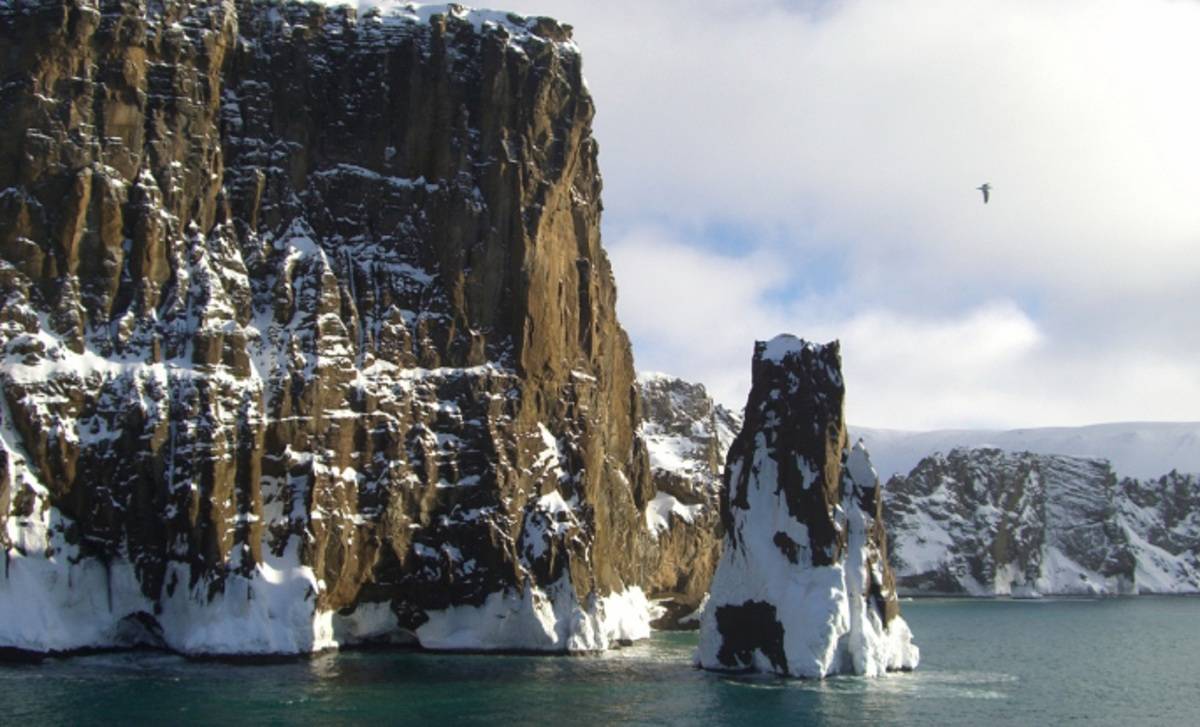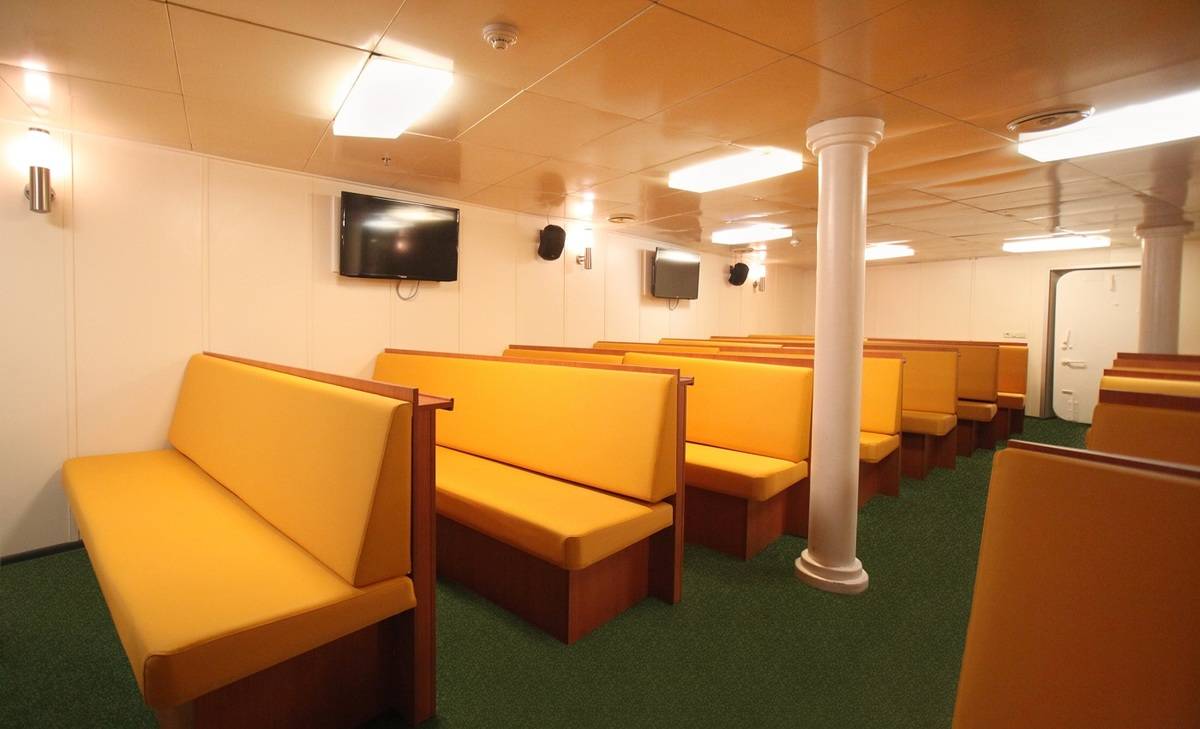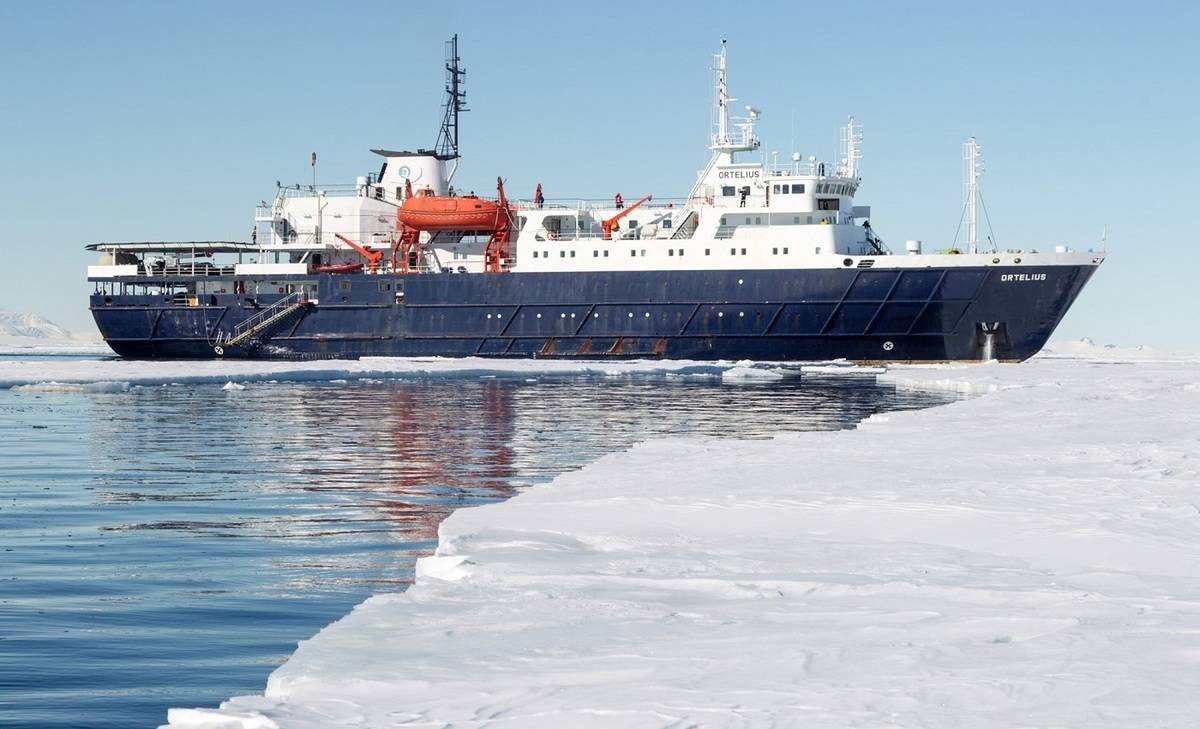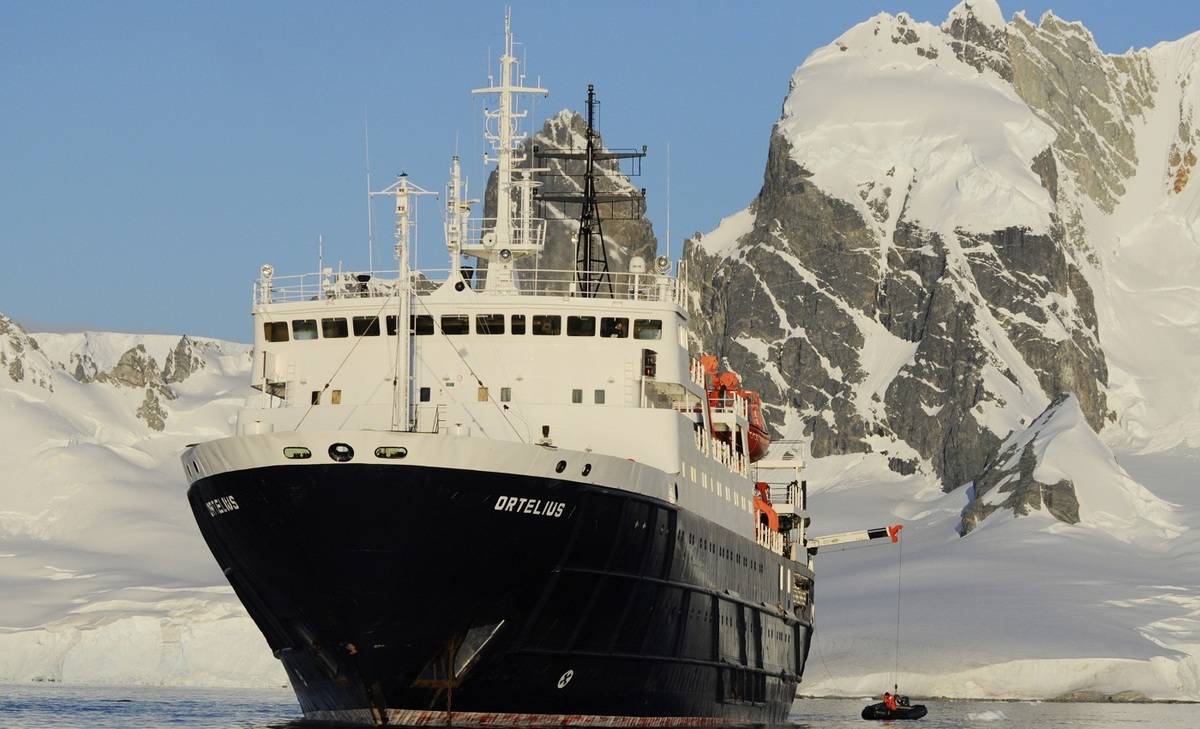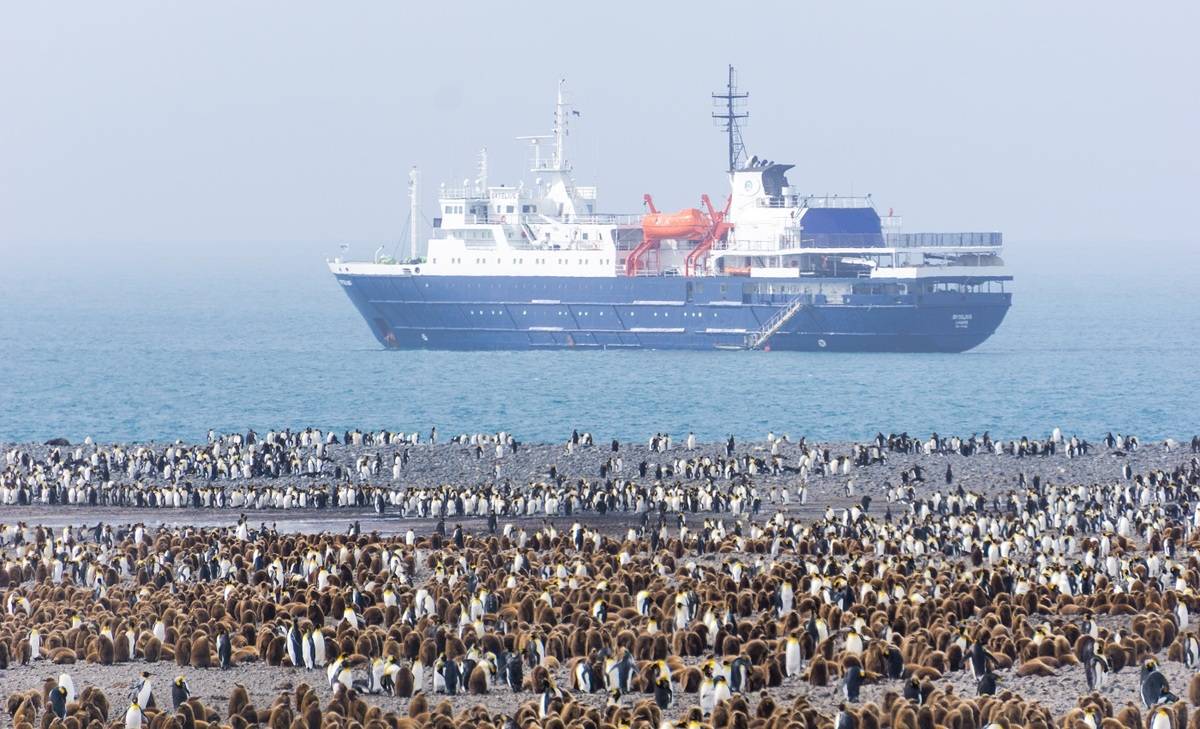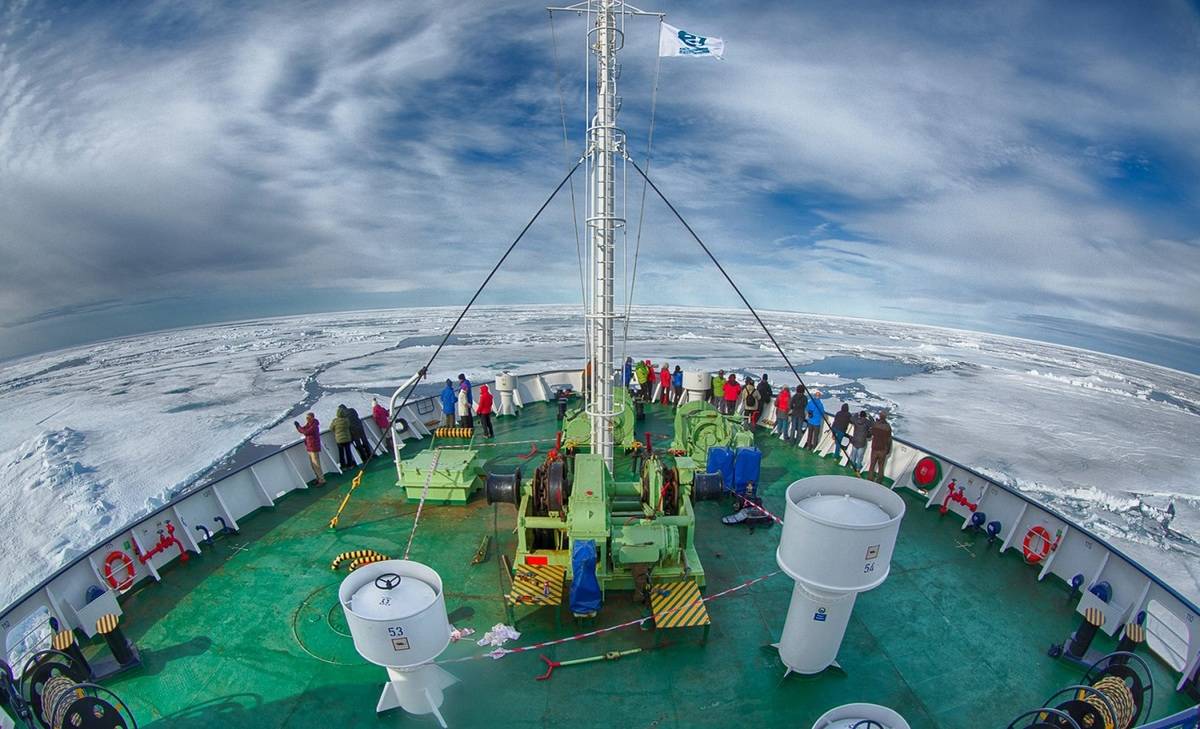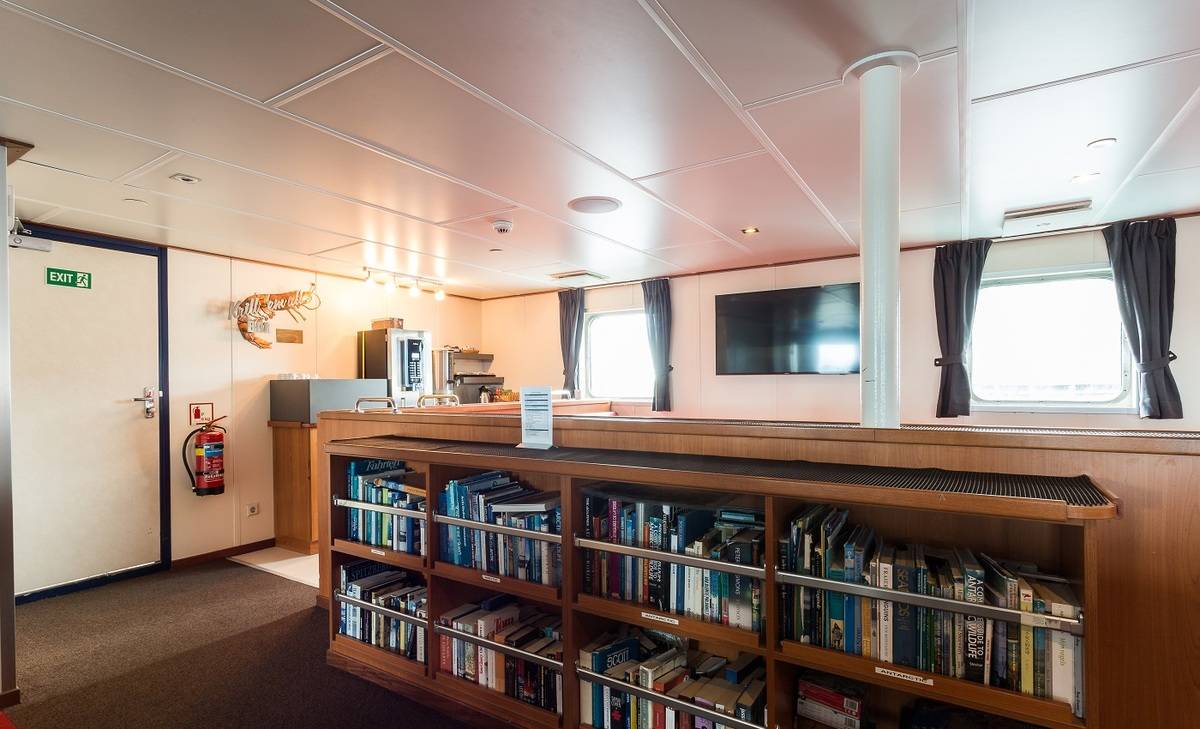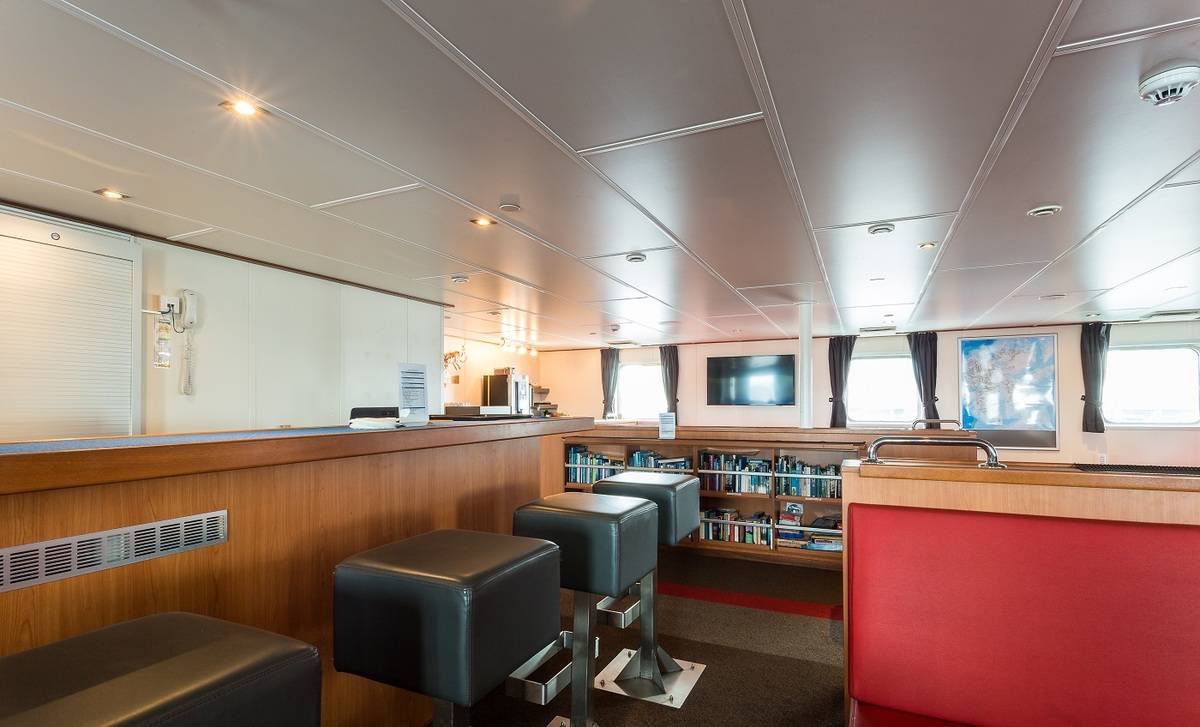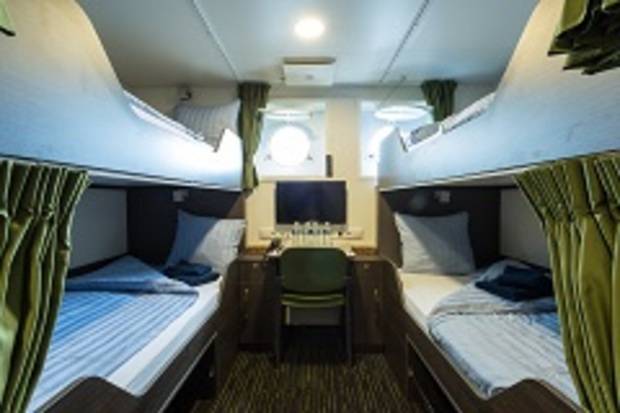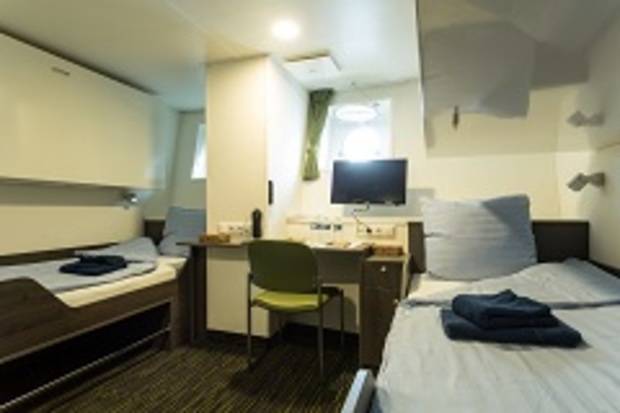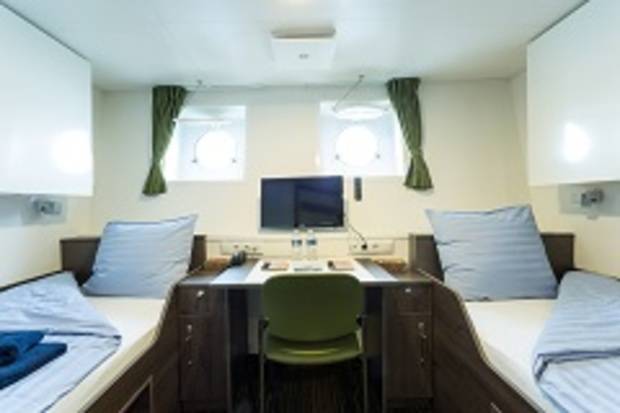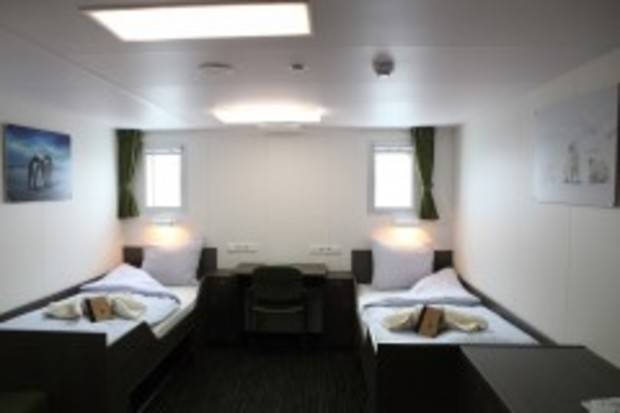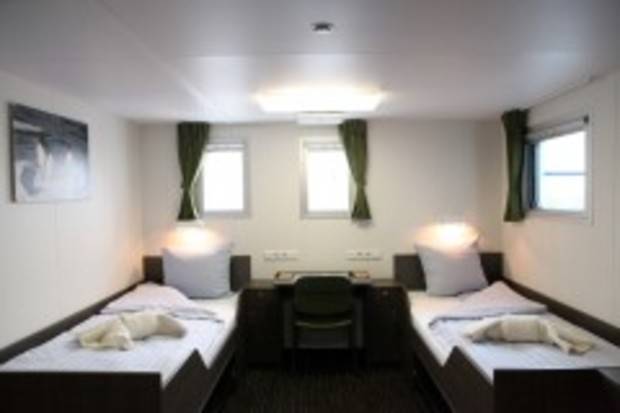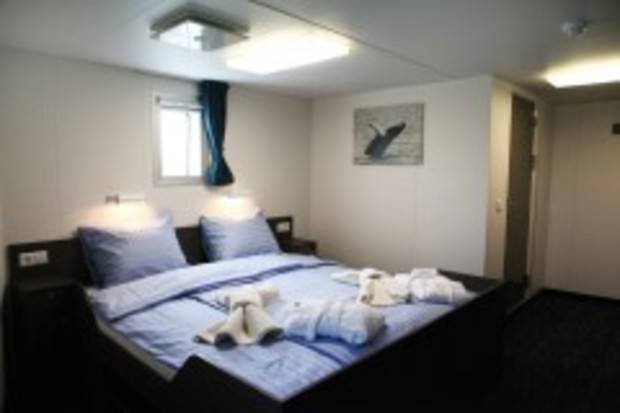Falklands, South Georgia & Antarctic Peninsula
20 Days - Ortelius
South Georgia is called an Antarctic oasis because of the huge numbers of penguins and seals that breed here. This expedition on board the Ortelius will take your breath away due the stunning scenery and massive amounts of wildlife surrounding you. Check out the Falkland Islands and the sheer beauty of the Antarctic Peninsula on this trip of a lifetime!
from USD $14250pp

Home » M/V Ortelius: Falklands, South Georgia & Antarctic Peninsula
Itinerary Highlights
- Meet thousands of King Penguins at South Georgia
- Pay your respects at Shackleton's grave
- Visit the stunning Antarctic Peninsula
Itinerary in Brief
- Day 1: Departure from Ushuaia
- Day 2: At Sea
- Day 3 - 5: Falkland Islands
- Day 6-7: At Sea
- Day 8-11: South Georgia
- Day 12: At Sea
- Day 13: South Orkney Islands
- Day 14: At Sea
- Day 15-17: Antarctic Peninsula
- Day 18-19: At Sea
- Day 20: Arrival in Ushuaia and disembark
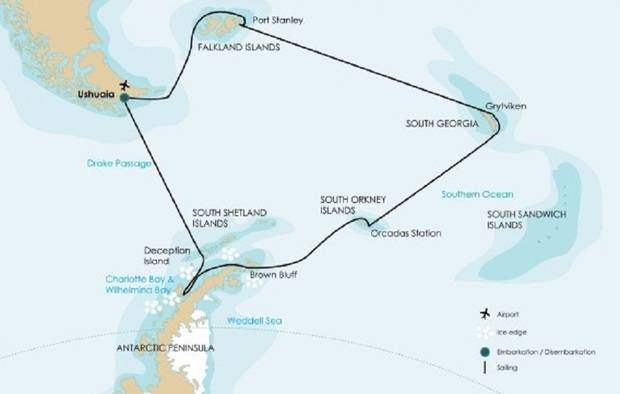
Day 1: Departure from Ushuaia
In the afternoon, we embark in Ushuaia, Tierra del Fuego, Argentina, the southernmost city in the world located at the Beagle Channel and sail through this scenic waterway for the rest of the evening.
Day 2: At Sea
In the Westerlies the ship is followed by several species of albatrosses, storm petrels, shearwaters and diving petrels.
Day 3: Falkland Islands
In the Falkland Islands (Malvinas) we plan to spend the whole day on the fascinating western side of the archipelago. On Carcass Island we may encounter breeding Magellanic and Gentoo penguins, but also numerous waders and passerine birds are present. On Saunders Island, we can see the majestic Black-browed albatross and their sometimes-clumsy landings near their nesting site along with breeding Imperial shags and Rock hopper penguins. King penguins, Magellanic penguins, and Gentoo penguins are also present here.
Day 4 + 5: Falkland Islands
In Stanley, the capital of the Falklands, we can experience Falkland culture, which has some South American characteristics as well as Victorian charm, colourful houses, well-tended gardens, and English style pubs. In Stanley and the surrounding area, we can see quite a number of stranded clippers from a century ago. They bear witness to the hardships of sailors in the 19th Century. The small, but very interesting museum is well worth a visit featuring an exhibition covering the early days of settlement up to the Falklands War of 1982. Approximately 1300 people live in the small capital in which all passengers are free to wander around on their own. Admission fees to local attractions are not included.
The following day, the seldom-visited southern islands are a rare treat, and we’ll aim to give you a thorough tour of their rugged beauty. This area is a haven for wildlife of many types, especially birdlife. George Island and Barren Island in particular support more than 40 bird species, along with roughly 650 pairs of southern giant petrels. You also have a good chance of spotting elephant seals and southern sea lion colonies.
Day 6 and 7: At Sea
On our way to South Georgia we will cross the Antarctic Convergence. Entering Antarctic currents, the temperature will drop considerably in the time span of only a few hours. Nutritious water is brought to the surface by the colliding water columns, which brings a multitude of southern seabirds near the ship: several species of albatrosses, shearwaters, petrels, prions and skuas.
Day 8 - 11: South Georgia
Today you arrive at the first South Georgia activity site. Please keep in mind that weather conditions in this area can be challenging, largely dictating the program.
Over the next several days, you have a chance to visit the following sites:
Prion Island – This location is closed during the early part of the breeding season (November 20 – January 7). The previous summer’s wandering albatross chicks are almost ready to fledge, and adults are seeking out their old partners after a year and a half at sea.
Fortuna Bay – Near beaches inhabited by various penguins and seals, you have the chance to follow the final leg of Shackleton’s route to the abandoned whaling village of Stromness. This path cuts across the mountain pass beyond Shackleton’s Waterfall, and as the terrain is partly swampy, be prepared to cross a few small streams.
Salisbury Plain, St. Andrews Bay, Gold Harbour – These sites not only house the three largest king penguin colonies in South Georgia, they’re also three of the world’s largest breeding beaches for southern elephant seals. Only during this time of year do they peak in their breeding cycle. Watch the four-ton bulls keep a constant vigil (and occasionally fight) over territories where dozens of females have just given birth or are about to deliver. You can also see a substantial number of Antarctic fur seals here during the breeding season (December – January).
Grytviken – In this abandoned whaling station, king penguins walk the streets and elephant seals lie around like they own the place – because they basically do. Here you might be able to see the South Georgia Museum as well as Shackleton’s grave.
Day 12: At sea
Where the ship is again followed by a multitude of seabirds. At some point we might encounter sea-ice, and it is at the ice-edge where we might have a chance to see some high-Antarctic species like the South Polar Skua and Snow Petrel.
Day 13: South Orkney Islands, we plan a visit to Orcadas station
We are planning on a visit to Orcadas station, an Argentinean base located on Laurie Island in the South Orkney Island archipelago. The friendly base personnel will show us their facilities and we can enjoy the wonderful views of the surrounding glaciers. Alternatively we may attempt a landing in Shingle Cove on Signy Island
Day 14: At sea towards Antarctica
We will pass large icebergs and have a good chance of Fin whales on the way south. Also we have the best chances on the trip to see Antarctic Petrels around the ship.
Day 15 - 17: Antarctic Peninsula
If the ice permits we will sail into the Weddell Sea through the ice-clogged Antarctic Sound. Huge tabular icebergs will announce our arrival to the eastern side of the Antarctic Peninsula. We plan to visit Paulet Island with a huge number of Adélie penguins and Brown Bluff where we may set foot on the Continent. In good sailing conditions we may decide to extend our time in the Weddell Sea. The volcanic islands of the South Shetlands are windswept and often shrouded in mist, but do offer subtle pleasures. There is a nice variety of flora (mosses, lichens and flowering grasses) and fauna, such as Gentoo Penguins, Chinstrap Penguins and Southern Giant Petrels. On Half Moon Island we will find Chinstrap Penguins and Weddell Seals often haul out on the beach near the Argentinean station Camara. In Deception Island our ship braves into the entrance of the crater through the spectacular Neptune's Bellows. Deception itself is a sub-ducted crater which opens into the sea creating a natural harbour for the ship. Here we find hot springs, an abandoned whaling station, thousands of Cape Petrels and many Kelp Gulls, Brown and South Polar Skuas and Antarctic Terns. Wilson's Storm Petrels and Black-bellied Storm Petrels nest in the ruins of the whaling station in Whalers Bay.
Day 18 - 19: At sea en-route to Ushuaia
On our way north we are again followed by a great selection of seabirds while crossing the Drake Passage.
Day 20 Disembark
We arrive in the morning in Ushuaia and disembark. After disembarkation you will take a bus transfer from the pier to the airport.
Cabin Details
Quadruple Porthole Cabin
Located on deck 3; two porthole windows, 2 upper and 2 lower berths, private shower and toilet, desk and chair, hair dryer and ample storage space.
Triple Porthole Cabin
Located on Deck 3; two portholes, 1 upper and 2 lower berths, private shower and toilet, desk and chair, hair dryer and ample storage space.
Twin Porthole Cabin
Located on Deck 3 and on Deck 4; two porthole windows, private toilet and shower, two single lower berths, desk and chair, hair dryer and ample storage space. Cabins on deck 4 are quieter than cabins on deck 3: farther away from the noise of engines and generators. Access to the forward observation deck.
Twin Window Cabin
Three windows; 2 lower berths; Private shower & toilet; Desk & chair; Flatscreen TV; Telephone & WiFi (supplemented); Hair dryer; Ample storage space
Twin Deluxe Cabin
Located on Deck 5; three windows; 2 lower berths; Private shower & toilet; Desk & chair; Small sofa; Refrigerator; Coffee & tea maker; Flatscreen TV; Telephone & WiFi (supplemented); Hair dryer; Ample storage space
Superior Cabin
Located on Deck 5; two windows minimum, one double bed, one single (sofa) bed, private toilet and shower, desk and chair, flat screen TV, refrigerator, hairdryer, coffee & tea maker, ample storage space. The quietest cabin deck and has the best access to upper observation decks and the ship's bridge.
Ortelius Deckplan
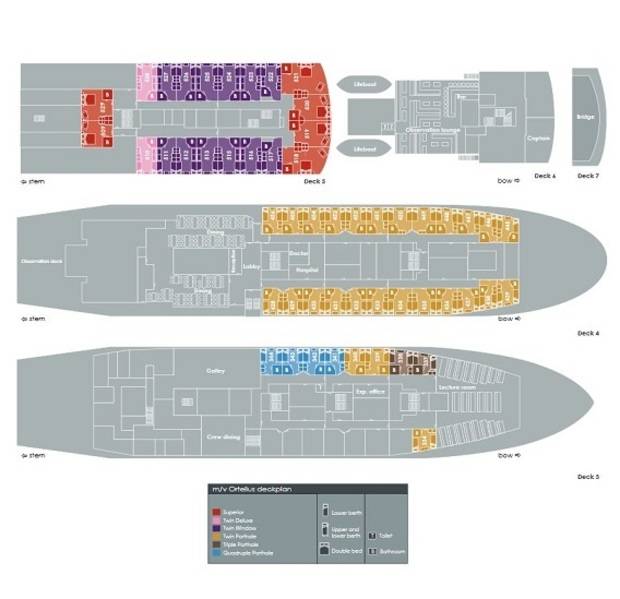
Specifications
- Passengers: 116-123 in 53 cabins
- Staff & crew: 52
- Length: 90.95 meters
- Breadth: 17.20 meters
- Draft: 5.4 meters
- Ice class: UL1 (Equivalent to 1A)
- Displacement: 4090 tonnes
- Propulsion: 6 ZL 40/48 SULZER
- Speed: 10.5 knots average cruising speed
- Year built: 1989
Whats included?
- On-board accommodation
- Port taxes
- Activities/shore excursions as specified
- Lectures and presentations by expedition leaders and naturalist staff
- Transfers and luggage handling
- Waterproof boots on loan
- All meals during the voyage
What’s not included?
- International and internal airfares
- Arrival/departure taxes or reciprocity fees, visa fees where applicable
- Travel insurance
- Gratuities
- Any items not mentioned as included

